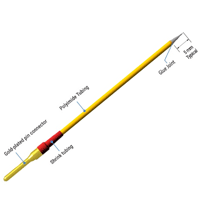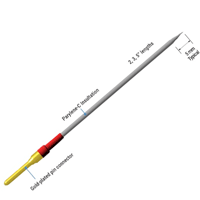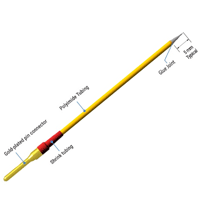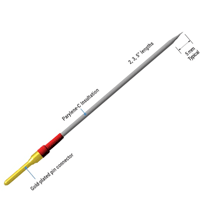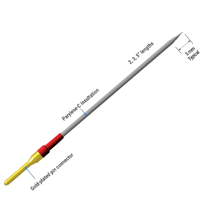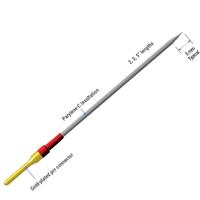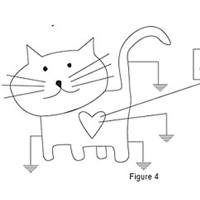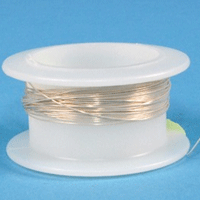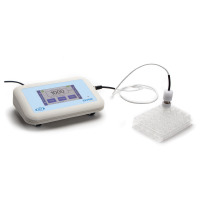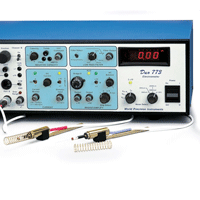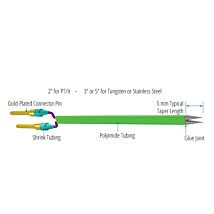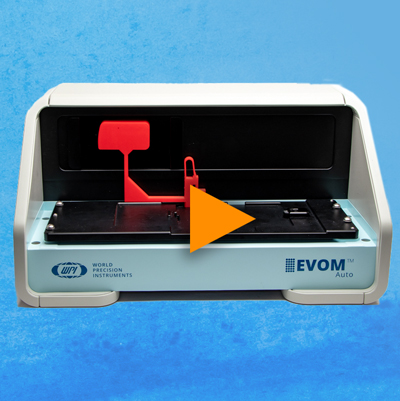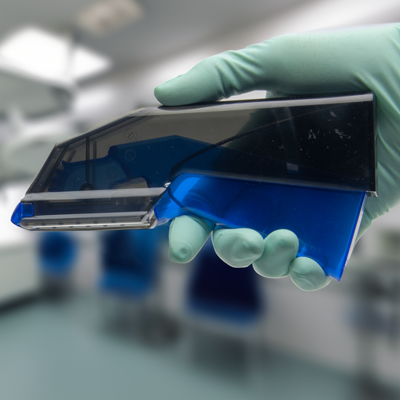This website uses cookies to ensure you get the best experience on our website.
Read more
FAQs about Metal Microelectrodes
April 30, 2019
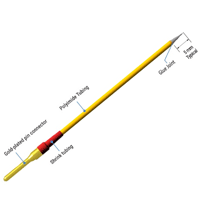
Here are some frequently asked questions (FAQ) about Metal Microelectrodes.
W- Tungsten Tungsten is a versatile and widely-used microelectrode material that offers a good balance between performance and cost. Platinum-Iridium alloy is considered by many to be the “gold standard” for chronic recording and microstimulation due to its excellent electrochemical and mechanical characteristics. Elgiloy (a stainless cobalt-chromium alloy) is available in single electrodes for specialty applications, such as vibrating probes for SVET. Elgiloy is most commonly used in dental implants and offers good biocompatibility and corrosion resistance. For the most intensive stimulation conditions and protocols, pure iridium electrodes offer unparalleled performance, rigidity, and stability.What metal type is best for my application?
ADVANTAGES
DISADVANTAGES
PI- Platinum-Iridium Alloy
ADVANTAGES
DISADVANTAGES
EL- Elgiloy
ADVANTAGES
DISADVANTAGES
IR- Pure Iridium
ADVANTAGES
DISADVANTAGES
The overall length of any electrode system is determined primarily on the depth of the tissue one wishes to record or stimulate and the micro-drive system being employed. Tungsten microprobes come in 76 mm or 125 mm (don’t see 125 um on WPI website) lengths or can be custom ordered in any length less than 5 inches. Platinum/Iridium typically comes in two inch lengths and stainless steel in 51 mm lengths but either can also be specified in shorter lengths or in longer lengths using stainless steel and polyimide tubing. Because of the high expense of pure iridium it is always mounted in stainless steel and polyimide tubing and is typically 50 mm long. What length do I need?
We presently offer three different electrode configurations at this time, although we have fabricated many custom designs for customers in the past. As you observe what our part numbers look like for our probes, as seen under our Product section, you will notice they have a part number like WE30031.0A5. The 00 portion of the part number specifies the microprobe configuration. Implies no special mounting with the sharpened probe being insulated with Parylene-C, having the length, width, tip profile and impedance as specified in the tables for ordering your electrodes. Electrodes which have been mounted into polyimide tubing in order to increase the stiffness and provide additional insulation thickness. This mounting is typically recommended when fairly high impedance electrodes must penetrate deeper layers of the brain or spinal cord. Specifies our bipolar or stereotrodes. These electrodes when ordered with impedances less than 0.5 meohms are excellent for localizing stimulation current fields. Higher impedance stereotrodes are excellent for enhancing the isolation of single neural elements by simultaneous recording of multiple units on two closely spaced microelectrodes. The tip spacing is typically equal to the shaft diameter of one of the electrodes used in making the stereotrode. Different tip spacing is available upon request.What electrode configuration do I need?
Monopolar Electrodes - 00
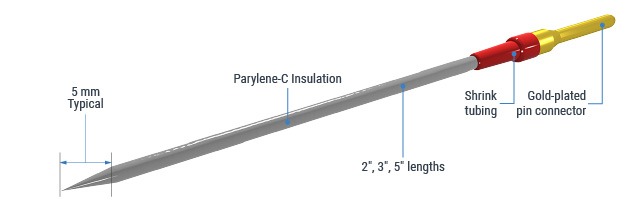
Polyimide Tubing - PT
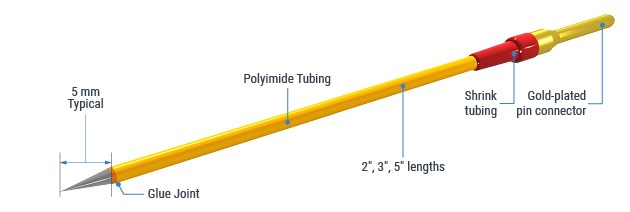
ST
All electrodes except the 3 inch Extra Fine-F profile tungsten microprobe, that have a 1 micron coat of Parylene-C insulation, have 3 microns of Parylene-C. It has been proven that this thickness works best for most all electrode tip profiles we offer. We selected 3 microns to provide a sufficiently small tip profile for getting close to neural elements, ease of electrode insertion and to minimize attenuation for higher impedance electrodes. Attenuation of the signal can occur as a result of capacitive shunting when recording with higher impedance microprobes in deep structures, so additional insulation maybe required in the form of WPI’s KT, polyimide microprobes. The Extra Fine profile (ex. TM31C10) for the 3 inch tungsten electrodes provides an extremely fine microprobe tip which is excellent when recording from small densely packed cell structures. What is the insulation thickness?
Because of our unique fabrication process and the special properties of Parylene-C we are able to expose any microprobe with microscopic precision and reproducibility. Each microprobe is individually exposed under a high power microscope, inspected and electrically characterized. Our microprobes have a lower impedance value for the same tip exposure as other commercially available electrodes. It is therefore recommended that those who have not used our electrodes before specify a range of impedance in order to select the best impedance value for their application. Also since we have been providing microprobes to researchers for over 30 years, we can provide expert advice in selecting the best electrode design for your experimental paradigm. Please contact us and provide information regarding your researcher’s requirements. There is no additional charge for specifying a range of impedance values for any box of microprobes What tip impedance or exposure do I need?
We offer a variety of different tip alternatives for those that prefer a specialized electrode profile for their research. The tip selection can provide subtle yet important changes to the performance of the electrode, as described below. It is recommended that first time users consider experimenting with different tip profiles to determine which works best for their recording or stimulation protocols. Our standard tip profile features a sharp yet robust point that offers versatile performance and an effective balance between penetration and durability. The most widely used tip profile, we recommend our standard tip for most neural recording applications, though it is also effective for most stimulation protocols. We employ an arc exposure method that provides precise and consistent performance as well as a very wide range of available impedances. While this method results in a small variability in impedance from electrode to electrode, most researchers find it very acceptable for their application. For those that need a more exact tip exposure, we offer a laser exposure service for a small premium. Please contact us if you feel this service is right for you. Our blunted electrodes are engineered to have a more rounded, bullet-shaped tip. For many applications the blunted tip can offer superior stimulation performance, as its shorter profile can lead to the electrode acting more as a point source and providing improved isolation. Many investigators feel that this profile both provides greater selectivity than the conventional sharper tip profiles and is more appropriate for higher-intensity stimulation protocols. Some investigators have also reported observations that the use of blunted tips leads to fewer occurrences of punctured cells. Our extra-fine tip profile features a significantly sharper taper as well as a thinner insulation layer. This type of electrode is commonly used for shallow preparations where it is necessary to record from small tightly-packed cell populations, such as the striate layers of the visual and auditory cortices. Due to the very delicate nature of these tips, they are only available in tungsten electrodes, in 3-inch (76mm) length and both 0.003" and 0.005" (75 and 125 micron) shaft diameter. For penetrations greater than 4 mm in which the tip impedance is greater than 1.5 MΩ, we recommend that an additional layer of polyimide tubing be specified to reduce capacitive shunting and to increase the stiffness of the electrode. Our heat-treated electrodes are intended for those investigators who must penetrate their probes through tough membranes, such as the dura mater of larger mammals. By applying a heat source near the electrode tip under a microscope, we have the ability to provide an electrode with a more gradual tapering tip than our standard profile, while also toughening the polymer insulation near the tip. These modifications allow the electrode to be pushed through tough membranes easier and with less risk of tip and insulation damage. What tip profile is best for my application?
A-Standard
B-Blunted
F-Extra fine
H-Heat Treated
The 5482, 5483 pin connectors are attached to the distal end of our electrodes. You can purchase these connectors as well as the mating connector, M202, by clicking here and going to our Accessory Page. Many users prefer to use our electrodes without any connector, which is fine. We will simply remove the connectors for you if requested. There is no discount for this since the connectors are attached at the beginning our fabrication process. What type of connectors are used with our electrodes?
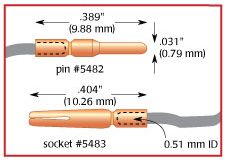
Tip exposures for Heat Tapered "H" tip profiles have approximately 15 to 20 percent MORE exposure. Tip exposures for Blunted "B" tip profiles have approximately 15 to 20 percent LESS exposure. Tip exposures for Extra Fine "F" tip profiles have approximately 10 to 15 percent MORE exposure. What are the tip exposures for different electrode impedance values?
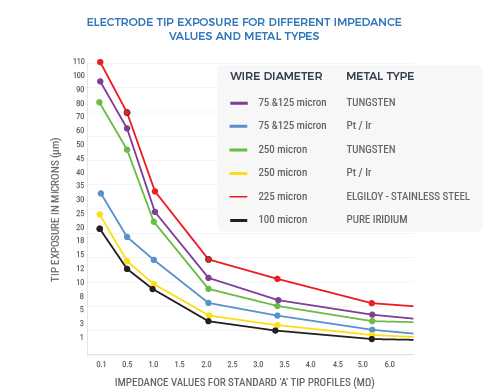
1. Check your impedance tester, maybe you are testing the impedance values at a different frequency than the 1 Kilohertz. 2. Check if your impedance tester doesn’t have a sample and hold circuit in which case the impedance is measured immediately upon pressing the test button and the impedance does not have a chance to stabilize. 3. Usually the impedance will drop after a few minutes of the electrode being in the saline solution. 4. Sometimes the electrodes can oxidize increasing the impedance in which case we recommend passing about negative 3 to 4.5 volts across the electrode in saline to clean and de-oxidize the electrode. Problems reading the impedance of your metal microelectrodes?

Close


